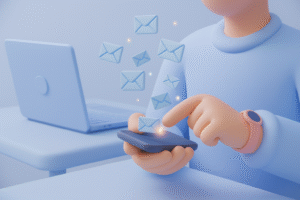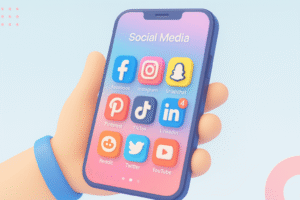Creating a successful email funnel for SAP users takes accuracy, relevance, and an obvious value journey.
SAP professionals want solutions that save them time, simplify their work, and create better outcomes for the business, not some predictable marketing strategies.
A smart funnel will effectively transform them from the awareness stage to the action stage through relevant messages, actionable insights, and timely touch points.
In this step-by-step guide, you will learn how to create an effective email journey for SAP users, drive engagement, and create more qualified leads for your service.
Step 1: Target an Audience
The first step of your email funnel is to target an audience profile you want to email SAP users. Users of SAP are typically looking for efficiency, the ability to reduce risk, and a system that does what it should do.
Your marketing messages won’t resonate with them, but content that provides insight into a business challenge they’ve struggled with might.
You want to focus on defining their role, SAP users, and final decision-maker authority.
They may also use particular SAP modules and solutions, and we need to understand what challenges they face daily.
Plus, understand what business results they are interested in and what would be valuable for them. faster processes, reporting, and workflows.
Lastly, the more well-defined your audience profile is, the more likely your funnel will affect real needs.
Step 2: Develop a Targeted, Quality Email List
An effective email funnel needs a targeted, quality contact list, not a large, general-purpose email database.
Focus only on SAP users who are actively involved in process improvement, digital transformation, or SAP optimization.
Lead magnets may consist of checklists, templates to show ROI, or best practice guides for SAP, and will help make sure your targeted audience gets the message.
Instead of asking users to sign up, start gathering information through registrations to events, webinars, or other gated content.
Essential lead generation strategies to consider:
- Prioritize relevance relative to quantity
- Capture leads with professional intent
- Use a value-based download or resource
- Keep your data organized and validated
Step 3. Create a Lead Magnet that Connects
A strong lead magnet is what tips the investment for an SAP user to enter your email funnel.
Your lead magnet needs to share real value and should align with a challenge they desire to address.
SAP executives resonate with actionable tools, including process-side insights, improvement efficiencies, or workflow enhancements that give them immediate applicability.
Stay specific and brief while generating outcomes, rather than being promotional. When your lead magnet considers their everyday needs with value, trust will be formed, and your brand will be viewed as a viable partner in their work.
This will lead to increased opt-in rates and increased engagement for the long term.
Step 4: Create the Funnel Stages
When your audience has entered into the funnel, now guide them through a discernible path from interest to action.
The funnel can be structured as awareness, consideration, and action. At the top of the funnel, educational content builds trust and rapport.
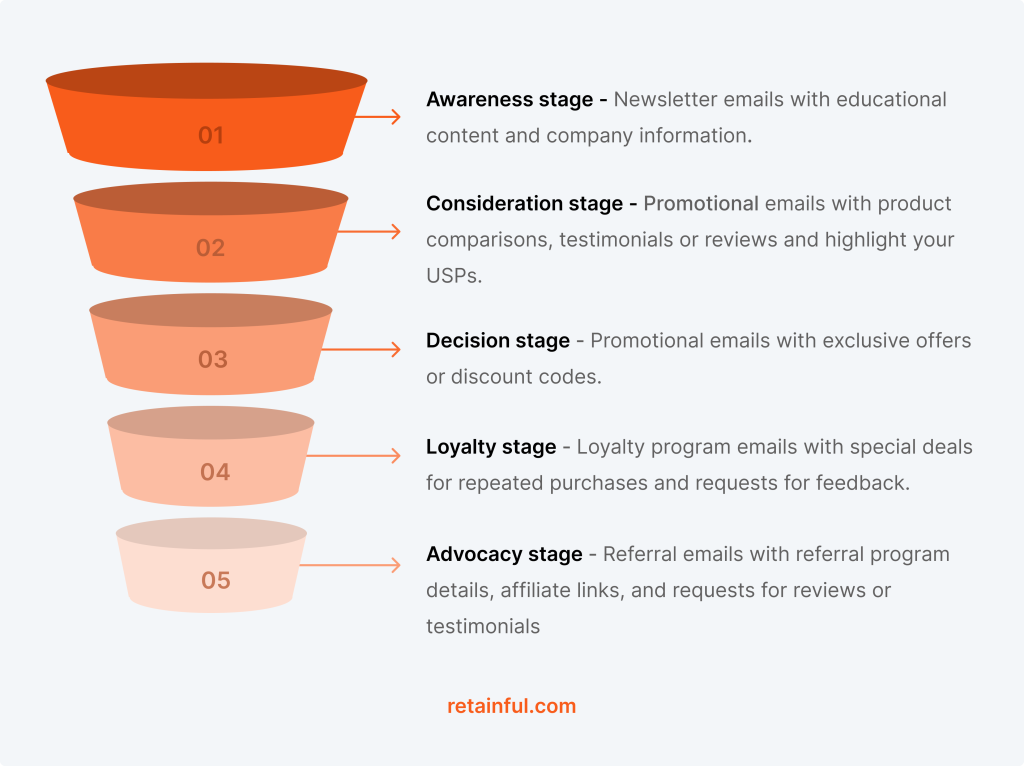
In the middle of the funnel, emphasize actionable results and actual case studies. In the activity stage of the funnel, create a clear reward for taking action, e.g., a demo or consultation.
A funnel adds structure for SAP users, engages them to become active participants, and motivates users to keep moving through the funnel.
Step 5: Create Engaging Email Sequences
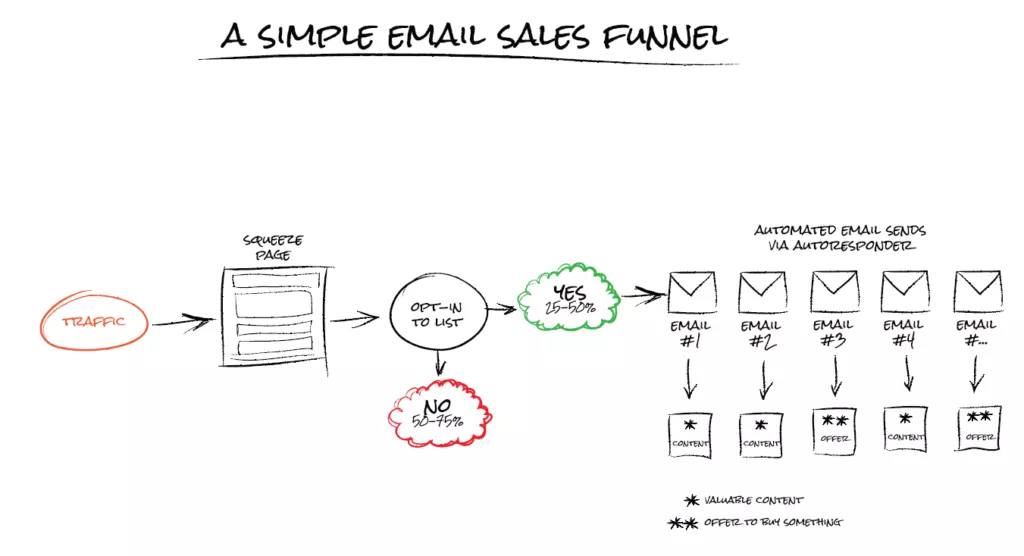
A successful email funnel in SAP is a follow-up style, with the sequence of emails being intentional and timely to provide value.
Each email should be clearly defined with the intention of encouraging the reader to read on to the next move.
SAP users want clarity, relevancy, and evidence of impact, so always tie your story into their pain and have them visualize the outcome they desire.
Don’t over-promote, but instead have your copy created for education with a hands-on focus for an outcome.
Here is a key point to include in your email sequence:
- Welcome Email: Set expectations and give a little intro about you and your expertise, confirming what the person will expect to receive from you as well. This will begin to establish trust at the onset while also establishing your brand or company as a helpful resource.
- Problem Awareness Email: Identify some common pain points SAP users face, however, more importantly, show that you recognize the challenges of their operational workflows to stay relatable and practical.
- Solution Awareness Email: Offer helpful tips or frameworks that illustrate and expose them to the details of how you can resolve the issue using your approach or tools.
- Proof and Credibility Email: Share some use cases, success stories, or a few examples that lend credibility.
- Call-to-Action Email: Prompt them to take the next step. This could include a call, a download of deeper resources, or a request for a demo.
Step 6. Personalize for More Engagement
Personalizing is so much more than inserting a person’s name into the subject line. When you are communicating with SAP users, relevance and context are crucial.
Personalize every one of your messages with regard to their personalized pain points, their professional goals related to their job function, and the specific SAP modules they use.
Take verification to another level by segmenting based on verified user data, usage patterns, and their maturity.
With a trusted SAP Users List, you are crafting meaningful communication that feels timely, applicable, and aligned to real business objectives, which naturally increases engagement and trust.
Step 7: Enhance Subject Lines
Your subject line is the first prompt that draws an SAP user into your email or alerts them to mark it as read.
It should be short, outcome-oriented, and connected to their daily priorities. Avoid generic marketing hooks. Clearly display at least one value or improvement that the reader can expect.
Prioritize clarity over creativity, particularly when targeting technical or process users. You can always test variations such as benefit-led or insight-led subject lines after you’ve chosen a format.
A compelling subject line is one of the keys to improving your open rate and helping users progress through the funnel.
Step 8: Measure, Analyze, and Improve
An email funnel that converts well is never set and forget. You need to analyze the reports and measure their performance.
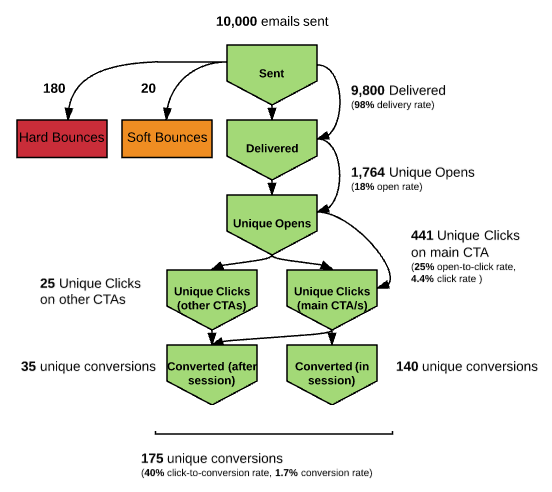
The open rate, click rate, and conversion are all useful measures in evaluating performance and determining which message results in the highest possible engagement from SAP users.
It is also important to notice when there is a drop off in engagement during your campaign, and adjust your messaging, timing, or a different offer as needed.
Be willing to experiment with small changes, such as modifying the subject line, changing tone, and location of the call to action, as these pieces can have inconspicuous but cumulative effects on results, over time.
Checking performance regularly ensures your funnel is kept updated and the flow of SAP user demand, and maintains a consistent forward momentum on conversions.
Step 9: Scale through Automation
Once you have your funnel predominantly dialed in, automation is a great way to scale while maintaining personalization.
Marketing automation tools give you the ability to trigger emails on the basis of behavior, interest level, or use of an SAP module.
This ensures timely and relevant follow-up for each user, without any effort from your team. Automated workflows can also help nurture leads more consistently and keep them engaged for longer sales cycles.
With the right configurations, you can grow your funnel efficiently and still deliver tailored communication to SAP users.
Conclusion
A successful email funnel for SAP users will be comprised of relevance, clarity, and value throughout each phase.
By having knowledge about who you’re engaging, providing upfront value in a structured way down a journey, builds trust and indicates something they should do.
The personalization with some level of automation promotes long-term engagement. And therefore, your consistent measurement of engagement helps continuously refine results.
This strategy turns qualified SAP prospects into real customers and positions your brand as a trustworthy ally within their workflow when planned effectively.





